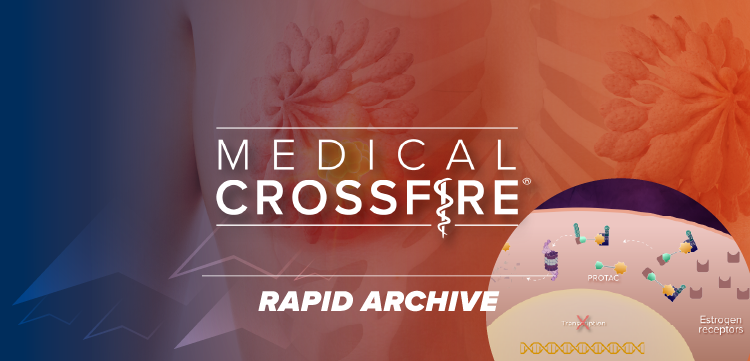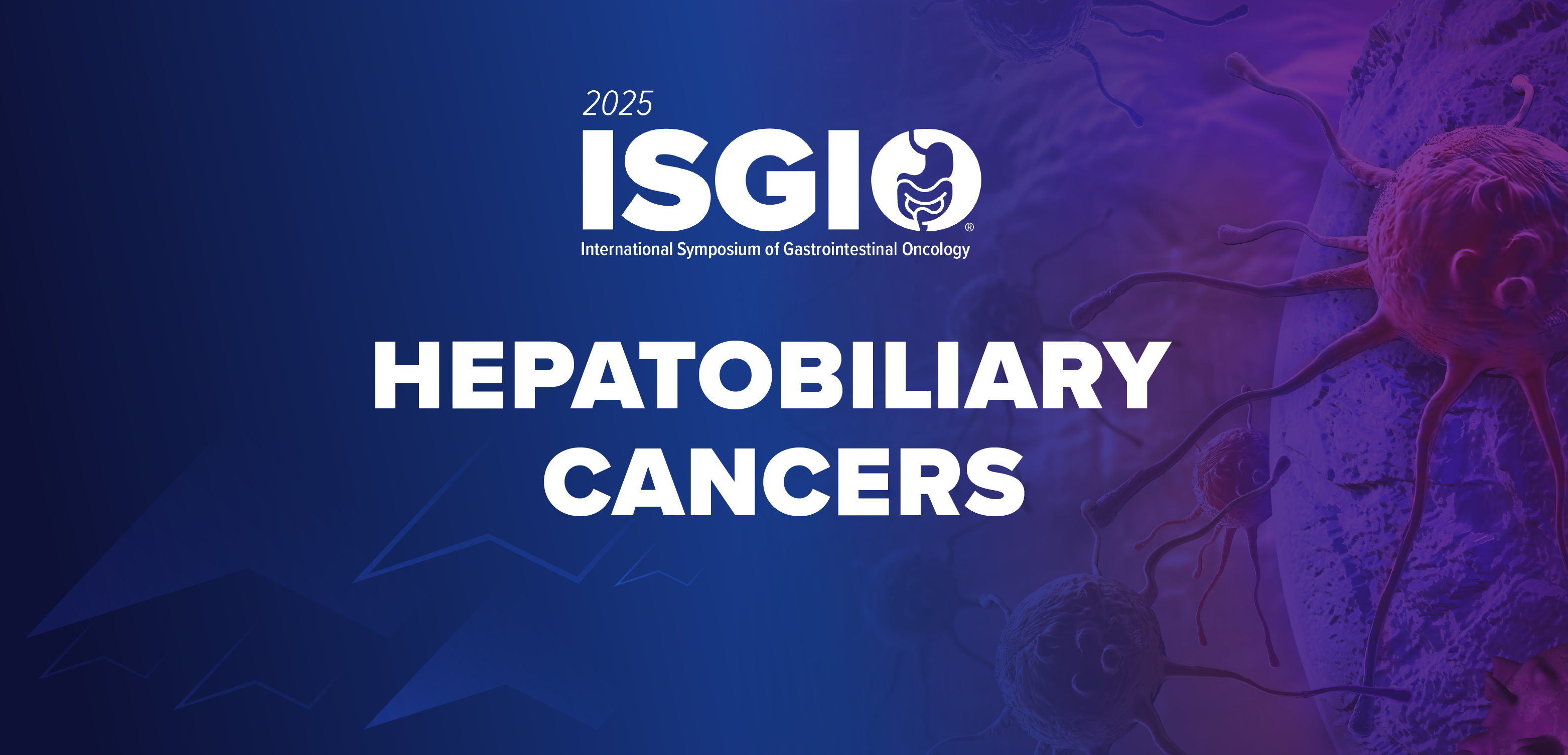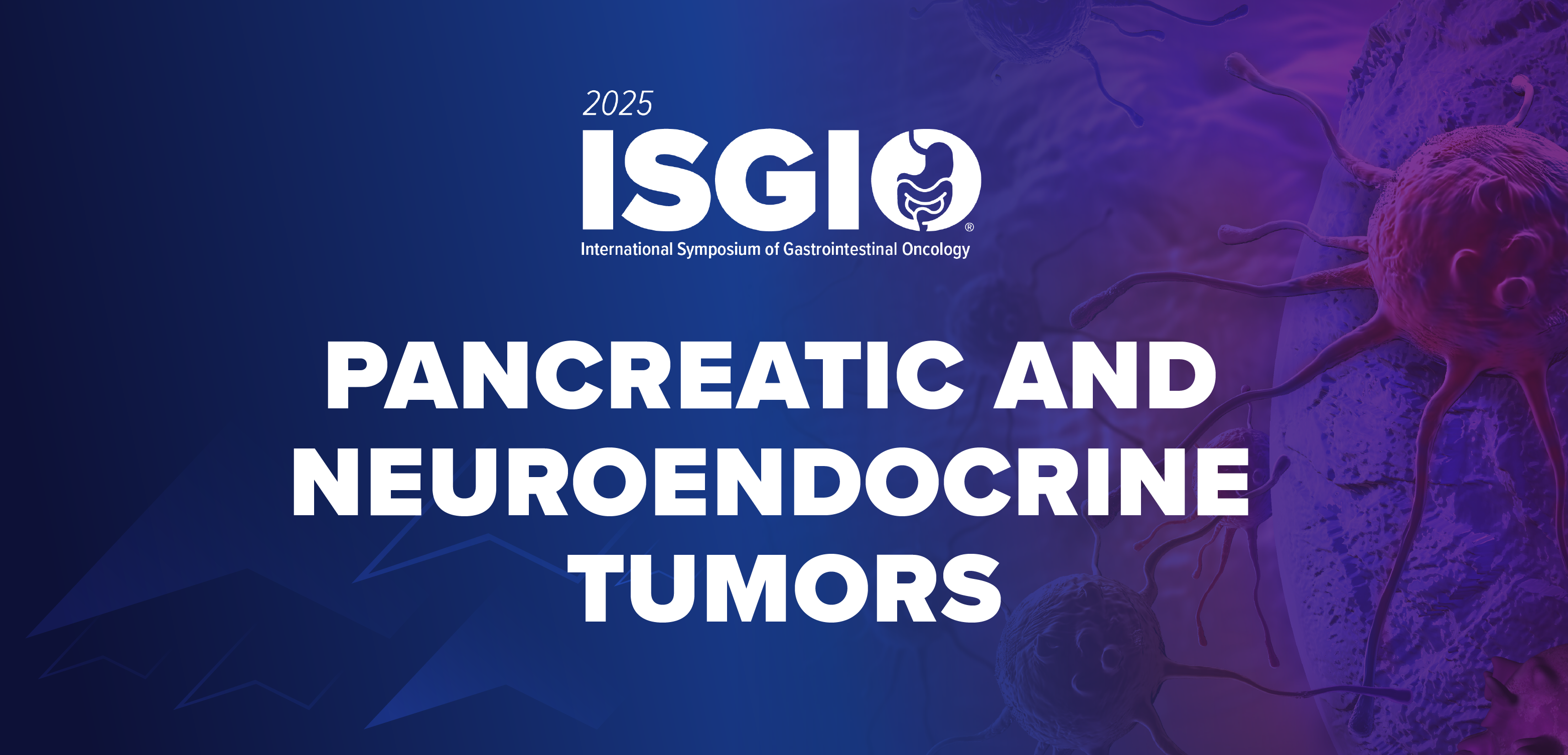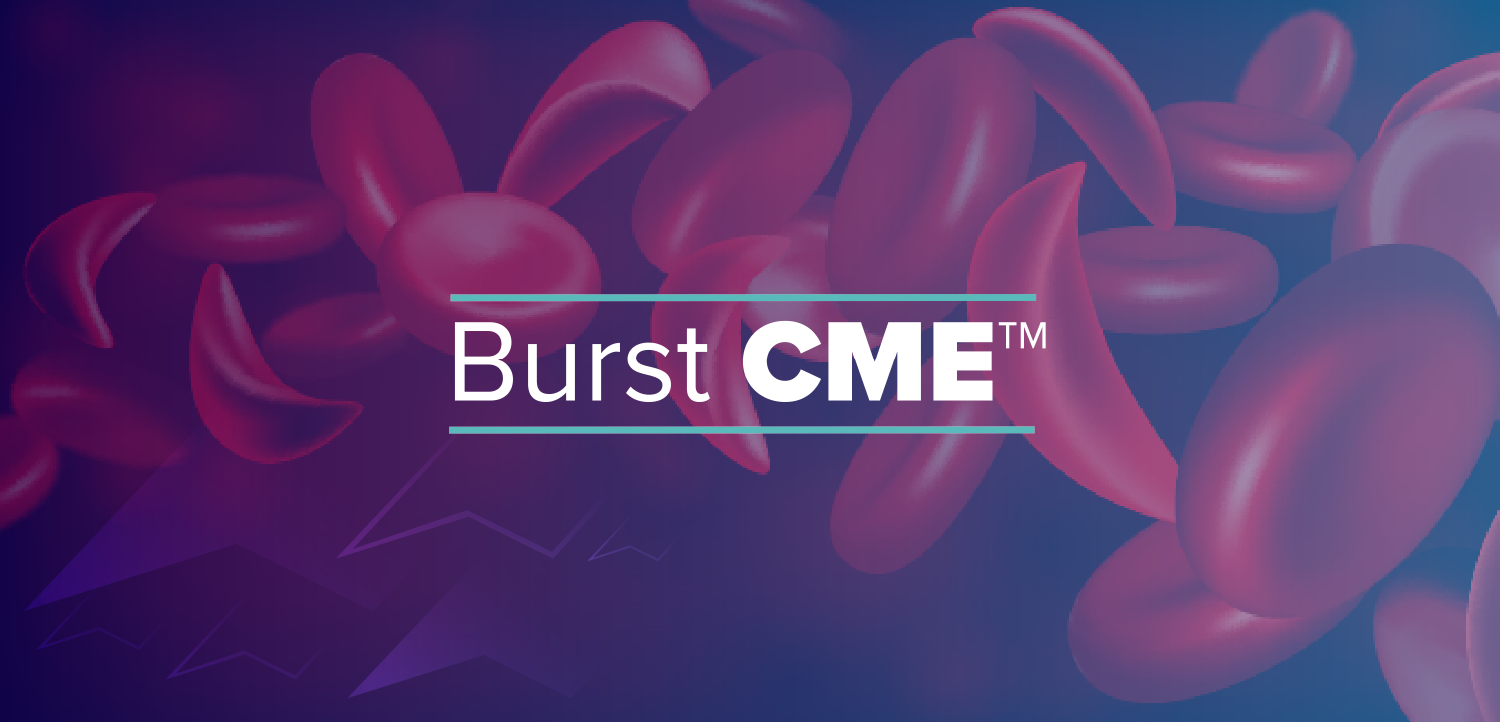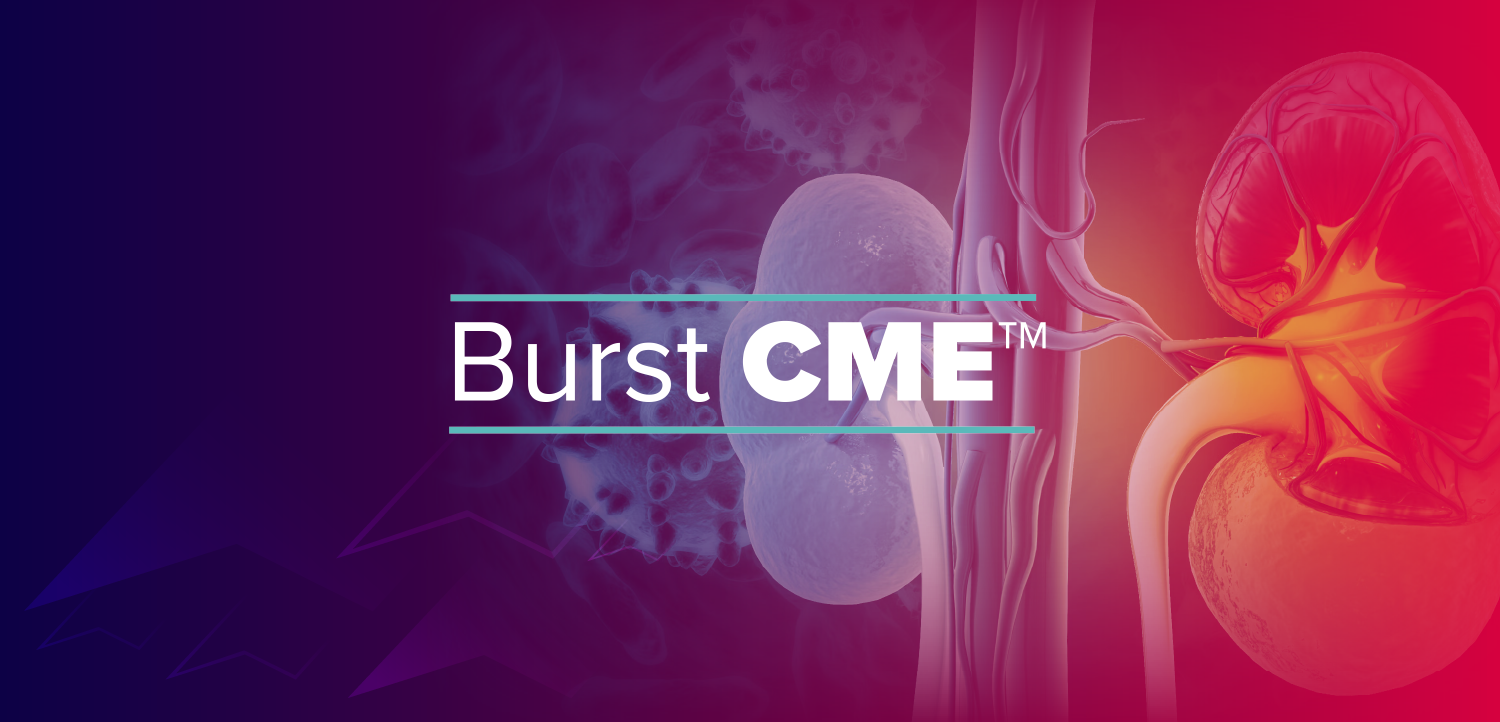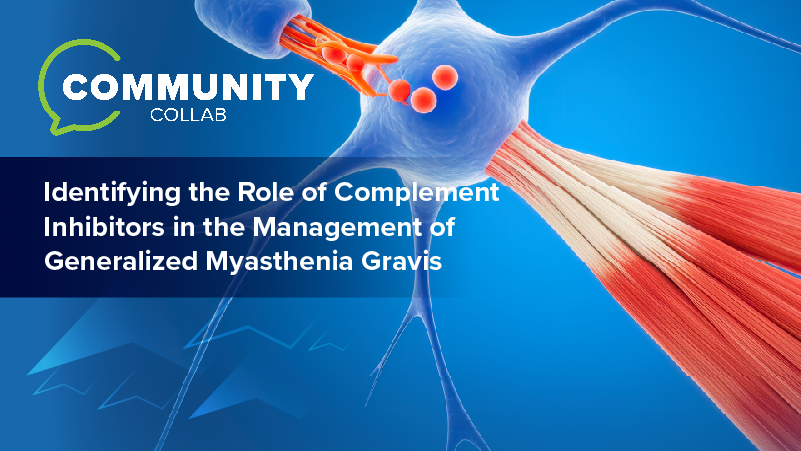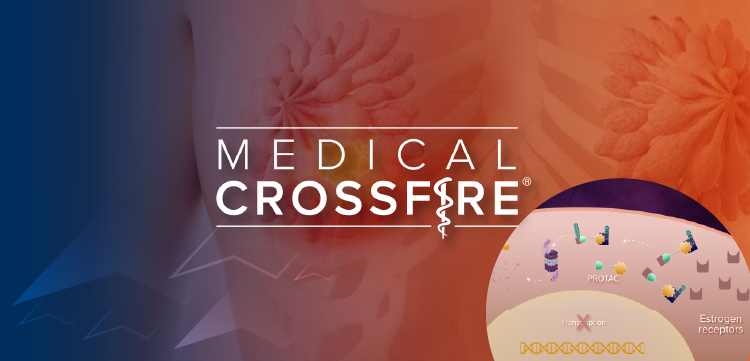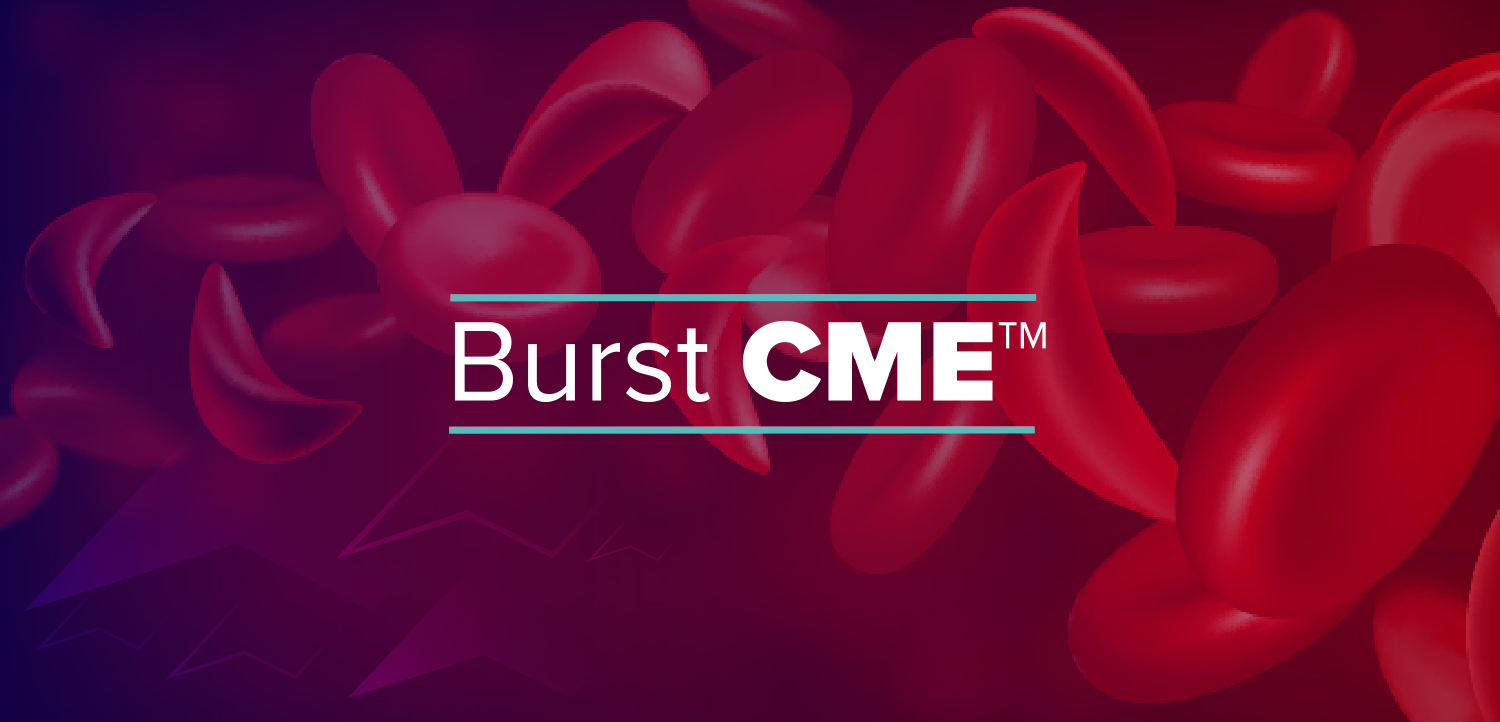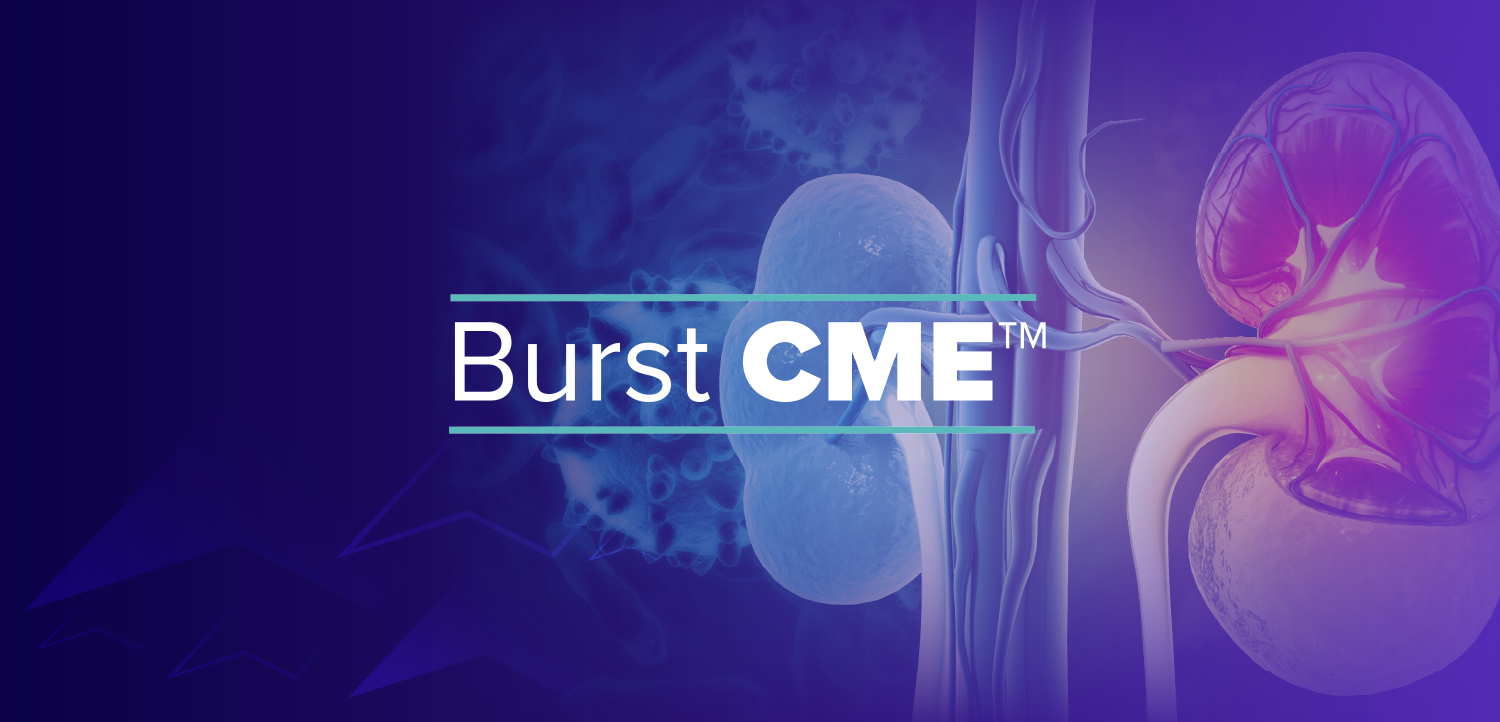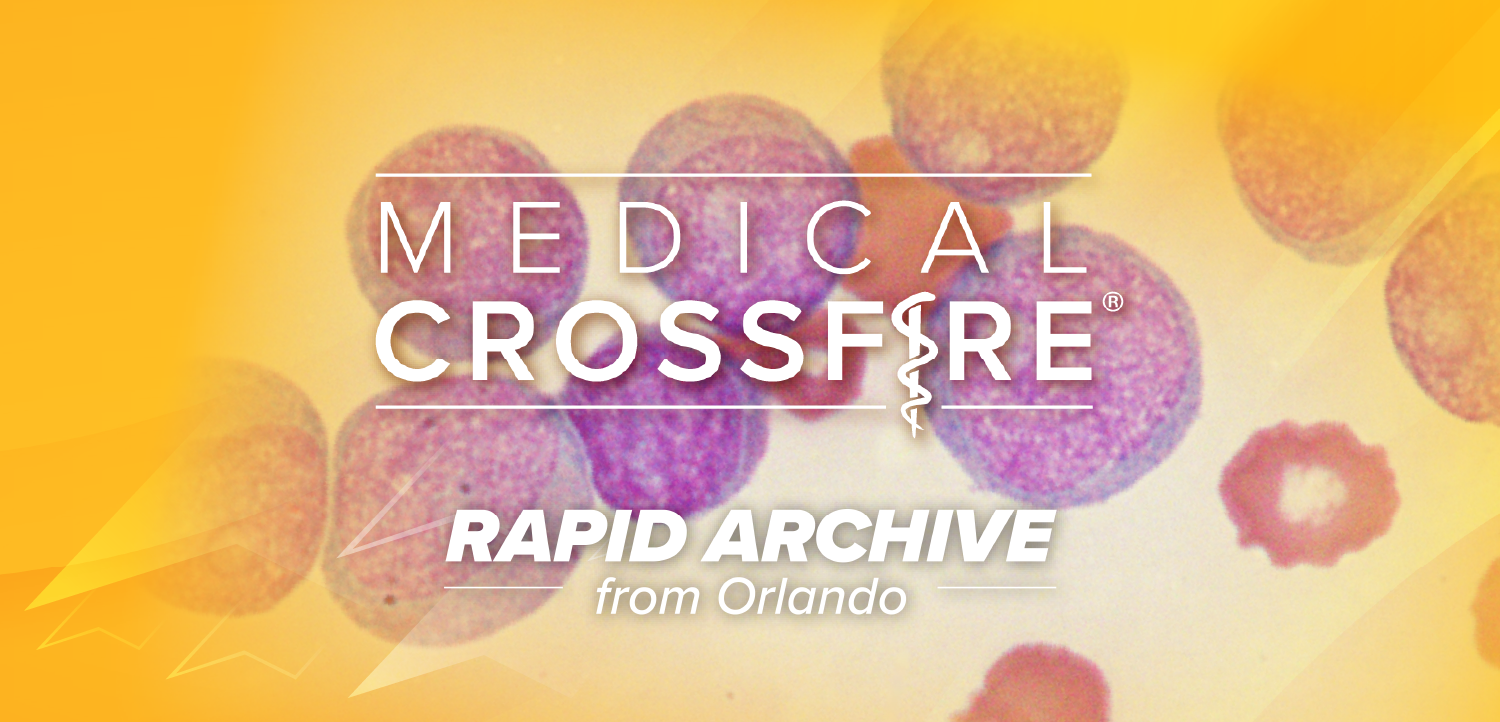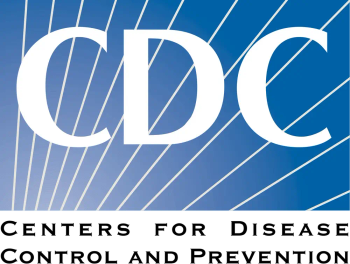
- Contagion, Summer 2025 Digital Edition
- Volume 10
- Issue 2
On the Frontier of Treatment-Emergent Resistance in Stenotrophomonas maltophilia
Stenotrophomonas maltophilia is an opportunistic, multidrug-resistant pathogen that poses significant treatment challenges due to its complex resistance mechanisms, limited therapeutic options, and high mortality rates among vulnerable patients.
Stenotrophomonas maltophilia is an opportunistic gram-negative pathogen most often observed colonizing vulnerable patients through nosocomial transmission.1 Susceptible populations include patients with cystic fibrosis (CF), chronic obstructive pulmonary disease, cancer, and other immunocompromised groups.1,2 Within these populations, the organism has a propensity to cause a wide range of infections, including pneumonia, bloodstream infections, wound infections, bone and joint infections, skin and soft tissue infections, intra-abdominal infections, and urinary tract infections.3 There are several factors that contribute to suboptimal treatment of S maltophilia infections, including the challenge of discerning whether positive cultures are indicative of an infection, delayed time to the microbiologic identification of S maltophilia, intrinsic and acquired antibiotic resistance to multiple drug classes, limited clinical data to support the use of single or combined therapies, and inconsistencies in susceptibility testing leading to breakpoint uncertainties.4-6 S maltophilia is a low-virulence pathogen and is often isolated concomitantly with more virulent gram positive and gram-negative pathogens, confounding our understanding of its contributions to propagate infection.4,7 Thus, clinicians have historically interpreted positive S maltophilia cultures as colonization rather than a priority pathogen for aggressive treatment. 8 Nonetheless, isolation of S maltophilia is associated with high mortality rates among patients, and recent studies have called into question the historic dogma surrounding its importance and the need to define optimal antibiotic strategies.3,9,10 Determining the best treatment course for S maltophilia infections is complicated by numerous mechanisms of resistance to antibiotics, including β-lactams, tetracyclines, aminoglycosides, fluoroquinolones, and polymyxins. 5,8,11,12 In brief, β-lactam resistance is primarily attributable to L1 class B3 metallo-β-lactamase and L2 class A cephalosporinase.4,8,11 Aminoglycoside resistance originates from efflux pumps and modifying enzymes.8 These enzymes include aminoglycoside phosphotransferases, aminoglycoside acetyltransferases, aminoglycoside nucleotidyltransferases, and proteases ClpA and HtpX.4,8,13,14 The presence and overexpression of efflux pumps from multiple families contribute to S maltophilia resistance to multiple classes of antibiotics. These efflux pumps primarily belong to 3 families: resistance- nodulation division, which confers resistance to all first-line drugs; ATP-binding cassette, which confers quinolone, aminoglycoside, tetracycline, and polymyxin resistance; and major facilitator superfamily, which confers quinolone, aminoglycoside, and tetracycline resistance.4,5,8,12 Biofilm formation further supports S maltophilia proliferation by preventing clearance.2,15 This is exemplified by the high proportion of patients with cystic fibrosis (approximately 1 in 3) having S maltophilia colonized in their pulmonary tissue.5 The preferred treatment for S maltophilia infections is not well-defined.12 The limited number of agents to which S maltophilia generally remains susceptible include trimethoprim-sulfamethoxazole, levofloxacin, minocycline, and cefiderocol.12,16 Trimethoprim-sulfamethoxazole, a sulfa drug, is the historically recommended first-line agent. However, toxicity and patient intolerance occasionally prevent its use.11,17,18
Recommendations from the European Committee on Antimicrobial Susceptibility Testing have endorsed cefiderocol, a novel cephalosporin, as the best alternative to trimethoprim-sulfamethoxazole.4 Case reports of successful treatment of S maltophilia infections with cefiderocol have been published, and a neutropenic rabbit study indicated that cefiderocol may clear infections at a better rate than trimethoprim-sulfamethoxazole.19-21 Fluoroquinolones, particularly levofloxacin, are commonly utilized in clinical practice despite cautions against their application due to treatment-emergent resistance and poorer in vitro activity compared with trimethoprim-sulfamethoxazole.11,12,22,23
The Clinical and Laboratory Standards Institute (CLSI), in following Infectious Diseases Society of America (IDSA) guidelines, recently recommended against using levofloxacin as a monotherapy to treat S maltophilia given its propensity to develop resistance.16,22-25 However, data on suppression of treatment-emergent resistance to levofloxacin when administered in combination with another therapeutic agent are lacking. A meta-analysis has indicated that, at best, fluoroquinolones as a monotherapy are slightly superior to trimethoprim-sulfamethoxazole, and, at worst, are no different.4 Therefore, there is not sufficient evidence to suggest removing trimethoprim- sulfamethoxazole as the primary suggested treatment. Similar to levofloxacin, minocycline treatments were neither more nor less effective than trimethoprim-sulfamethoxazole.4,16
A reevaluation of the clinical data that contributed to establishing ceftazidime breakpoints for the treatment of S maltophilia infections found insufficient support for the chosen minimum inhibitory concentrations breakpoints.16 Clinical studies showing positive clinical outcomes for patients treated with ceftazidime were also lacking, prompting CLSI to remove ceftazidime breakpoints for S maltophilia.16 This change was recognized by the Food and Drug Administration in 2024, and the susceptibility test interpretive criteria were removed.26 Although ceftazidime breakpoints no longer exist for S maltophilia, the triple combination of ceftazidime-avibactam and aztreonam is suggested as an alternative to combination therapies consisting of 2 of the following: cefiderocol, minocycline, trimethoprim- sulfamethoxazole, or levofloxacin.16
S maltophilia infections resistant to each of the recommended traditional agents have been reported,12 although it is unclear whether these resistance patterns are community acquired or the direct result of treatment. Trimethoprim-sulfamethoxazole-resistant isolates have shown variable rates of cross-resistance to levofloxacin and ceftazidime.27 Treatment-emergent resistance for both fluoroquinolones and trimethoprim- sulfamethoxazole has been described, with rates between 7% and 30%, and 2% and 20% for patients treated with each agent, respectively.11,22,23 However, these studies are few, with sample sizes not exceeding 150 patients, and longitudinal studies describing the genetic mechanisms by which this treatment-emergent resistance arises are scarce.
In vitro serial passage studies have indicated that S maltophilia isolates have the potential to become resistant to cefiderocol through modifications to the iron transporter gene tonB as well as the efflux pump smeDEF.28 A potential for cross-resistance between ceftazidime and cefiderocol has been noted due to the role of tonB in ceftazidime resistance.28 Another mechanism of resistance prompted by antibiotic exposure occurs through efflux pump modifications. Efflux pumps have been implicated in the rise of resistance after exposure to cefiderocol, trimethoprim- sulfamethoxazole, quinolones, and ceftazidime.8,29 Positively, in vitro-induced trimethoprim-sulfamethoxazole- and levofloxacin-resistant isolates still retain minocycline susceptibility.29
Although recent recommendations suggest that monotherapies are not appropriate for S maltophilia infections, meta-analyses have indicated that combination therapy may only be beneficial in cases of severely immunocompromised hosts, but there is no perceived benefit to combination therapy over monotherapy overall.4,11,17 Still, IDSA guidelines endorsing combination therapy over monotherapy persist.30 It is important to note that the prescription of agents in these studies is based on inconsistent/ suboptimal recommendations of dosing and prescription.
Pharmacokinetic/pharmacodynamic cutoffs have been found to be 2- to 8-fold lower than the current breakpoints for trimethoprim-sulfamethoxazole, levofloxacin, minocycline, tigecycline, and aztreonam-avibactam.4,31 Lacking proper breakpoints for these agents (relative to treating S maltophilia) may result in inappropriate use based on faulty interpretations of in vitro susceptibility profiles. Consensus among different in vitro antimicrobial susceptibility testing methods for S maltophilia is lacking, further confounding interpretations of isolate profiles.6 These inconsistencies limit reproducibility and hinder large-scale studies that could establish strong corollaries between susceptibility profiles and patient outcomes to inform a revision of the breakpoints for these agents (or provide the current breakpoints with supporting data).
S maltophilia is gradually becoming a pathogen of interest in more research studies. Still, there is much left to uncover.8 Rates and mechanisms of treatment-emergent resistance remain scarce, and the application of combination therapy to either prevent or combat such resistance requires further study. For now, a thorough understanding of the limitations of antimicrobial susceptibility tests, trends of treatment-emergent resistance, and data supporting (or refuting) current breakpoints will help to inform the best possible clinical care.
References
1. Taranto B, Wardlow LC, Coe K, Bazan JA, Leininger J. Low- versus high-dose trimethoprim-sulfamethoxazole for the treatment of Stenotrophomonas maltophilia pneumonia. Antimicrob Steward Healthc Epidemiol. 2025;5(1):e95. doi:10.1017/ash.2025.64
2. Brooke JS. Stenotrophomonas maltophilia: an emerging global opportunistic pathogen. Clin Microbiol Rev. 2012;25(1):2-41. doi:10.1128/CMR.00019-11
3. Falagas ME, Kastoris AC, Vouloumanou EK, Rafailidis PI, Kapaskelis AM, Dimopoulos G. Attributable mortality of Stenotrophomonas maltophilia infections: a systematic review of the literature. Future Microbiol. 2009;4(9):1103-1109. doi:10.2217/fmb.09.84
4. Turnidge J, Gatermann S, Kahlmeter G, Cantón R, Wootton M, Giske CG; European Committee on Antimicrobial Susceptibility Testing. Rationale for contemporary antimicrobial treatment of Stenotrophomonas maltophilia: a narrative review. CMI Communications. 2025;2(2):105082. https://www.cmi-comms.com/article/S2950-5909(25)00023-X/fulltext
5. Kunz Coyne AJ, Herbin S, Caniff K, Rybak MJ. Steno-sphere: navigating the enigmatic world of emerging multidrug-resistant Stenotrophomonas maltophilia. Pharmacotherapy. 2023;43(8):833-846. doi:10.1002/phar.2828
6. Khan A, Arias CA, Abbott A, Dien Bard J, Bhatti MM, Humphries RM. Evaluation of the Vitek 2, Phoenix, and MicroScan for antimicrobial susceptibility testing of Stenotrophomonas maltophilia. J Clin Microbiol. 2021;59(9):e0065421. doi:10.1128/JCM.00654-21
7. Hamdi AM, Fida M, Abu Saleh OM, Beam E. Stenotrophomonas bacteremia antibiotic susceptibility and prognostic determinants: Mayo Clinic 10-year experience. Open Forum Infect Dis. 2020;7(1):ofaa008. doi:10.1093/ofid/ofaa008
8. Mojica MF, Humphries R, Lipuma JJ, et al. Clinical challenges treating Stenotrophomonas maltophilia infections: an update. JAC Antimicrob Resist. 2022;4(3):dlac040. doi:10.1093/jacamr/dlac040
9. del Toro MD, Rodríguez-Bano J, Herrero M, et al; Grupo Andaluz para el Estudio de las Enfermedades Infecciosas . Clinical epidemiology of Stenotrophomonas maltophilia colonization and infection: a multicenter study. Medicine (Baltimore). 2002;81(3):228-239. doi:10.1097/00005792-200205000-00006
10. Kwa AL, Low JG, Lim TP, Leow PC, Kurup A, Tam VH. Independent predictors for mortality in patients with positive Stenotrophomonas maltophilia cultures. Ann Acad Med Singap. 2008;37(10):826-830. https://pubmed.ncbi.nlm.nih.gov/19037515/
11. Shah S, Slaven B, Clarke LG, Ludwig J, Shields RK. Clinical and microbiologic outcomes of Stenotrophomonas maltophilia bloodstream infections. Infection. Published online March 27, 2025. doi:10.1007/s15010-025-02512-0
12. Tamma PD, Heil EL, Justo JA, Mathers AJ, Satlin MJ, Bonomo RA. Infectious Diseases Society of America 2024 Guidance on the Treatment of Antimicrobial-Resistant Gram-Negative Infections. Clin Infect Dis. Published online August 7, 2024. doi:10.1093/cid/ciae403
13. Gröschel MI, Meehan CJ, Barilar I, et al. The phylogenetic landscape and nosocomial spread of the multidrug-resistant opportunist Stenotrophomonas maltophilia. Nat Commun. 2020;11(1):2044. doi:10.1038/s41467-020-15123-0
14. Huang HH, Lin YT, Chen PY, Li LH, Ning HC, Yang TC. ClpA and HtpX proteases are involved in intrinsic aminoglycoside resistance of Stenotrophomonas maltophilia and are potential aminoglycoside adjuvant targets. Antimicrob Agents Chemother. 2018;62(8):e00554-18. doi:10.1128/AAC.00554-18
15. Flores-Treviño S, Bocanegra-Ibarias P, Camacho-Ortiz A, Morfín-Otero R, Salazar-Sesatty HA, Garza-González E. Stenotrophomonas maltophilia biofilm: its role in infectious diseases. Expert Rev Anti Infect Ther. 2019;17(11):877-893. doi:10.1080/14787210.2019.1685875
16. Updates to susceptibility breakpoints for Stenotrophomonas maltophilia. Clinical and Laboratory Standards Institute. May 1, 2025. Accessed May 13, 2025. https://clsi.org/resources/insights/updates-to-susceptibility-breakpoints-for-stenotrophomonas-maltophilia/
17. Rhoads DD. Stenotrophomonas maltophilia susceptibility testing challenges and strategies. J Clin Microbiol. 2021;59(9):e0109421. doi:10.1128/JCM.01094-21
18. Sarzynski SH, Warner S, Sun J, et al. Trimethoprim-sulfamethoxazole versus levofloxacin for Stenotrophomonas maltophilia infections: a retrospective comparative effectiveness study of electronic health records from 154 US hospitals. Open Forum Infect Dis. 2022;9(2):ofab644. doi:10.1093/ofid/ofab644
19. Petraitis V, Petraitiene R, Kavaliauskas P, et al. Efficacy of cefiderocol in experimental Stenotrophomonas maltophilia pneumonia in persistently neutropenic rabbits. Antimicrob Agents Chemother. 2022;66(10):e0061822. doi:10.1128/aac.00618-22
20. Zappulo E, Grimaldi F, Paolillo R, et al. Successful treatment of MDR Stenotrophomonas maltophilia-associated pneumonia with cefiderocol-based regimen in a patient with hematological malignancy. Ann Hematol. 2022;101(12):2805-2806. doi:10.1007/s00277-022-05006-3
21. Fratoni AJ, Kuti JL, Nicolau DP. Optimised cefiderocol exposures in a successfully treated critically ill patient with polymicrobial Stenotrophomonas maltophilia bacteraemia and pneumonia receiving continuous venovenous haemodiafiltration. Int J Antimicrob Agents. 2021;58(3):106395. doi:10.1016/j.ijantimicag.2021.106395
22. Wang YL, Scipione MR, Dubrovskaya Y, Papadopoulos J. Monotherapy with fluoroquinolone or trimethoprim-sulfamethoxazole for treatment of Stenotrophomonas maltophilia infections. Antimicrob Agents Chemother. 2014;58(1):176-182. doi:10.1128/AAC.01324-13
23. Nys C, Cherabuddi K, Venugopalan V, Klinker KP. Clinical and microbiologic outcomes in patients with monomicrobial Stenotrophomonas maltophilia infections. Antimicrob Agents Chemother. 2019;63(11):e00788-19. doi:10.1128/AAC.00788-19
24. Cho SY, Kang CI, Kim J, et al. Can levofloxacin be a useful alternative to trimethoprim-sulfamethoxazole for treating Stenotrophomonas maltophilia bacteremia? Antimicrob Agents Chemother. 2014;58(1):581-583. doi:10.1128/AAC.01682-13
25. Baek JH, Kim CO, Jeong SJ, et al. Clinical factors associated with acquisition of resistance to levofloxacin in Stenotrophomonas maltophilia. Yonsei Med J. 2014;55(4):987-993. doi:10.3349/ymj.2014.55.4.987
26. Rationale for FDA's position on ceftazidime breakpoints against Stenotrophomonas maltophilia. US Food & Drug Administration. May 15, 2024. Accessed May 13, 2025. https://www.fda.gov/drugs/development-resources/rationale-fdas-position-ceftazidime-breakpoints-against-stenotrophomonas-maltophilia
27. Mendes ET, Paez JIG, Ferraz JR, et al. Clinical and microbiological characteristics of patients colonized or infected by Stenotrophomonas maltophilia: is resistance to sulfamethoxazole/trimethoprim a problem? Rev Inst Med Trop Sao Paulo. 2020;62:e96. doi:10.1590/S1678-9946202062096
28. Werth BJ, Ashford NK, Penewit K, et al. Evolution of cefiderocol resistance in Stenotrophomonas maltophilia using in vitro serial passage techniques. JAC Antimicrob Resist. 2022;4(1):dlac011. doi:10.1093/jacamr/dlac011
29. Wei C, Ni W, Cai X, Zhao J, Cui J. Evaluation of trimethoprim/sulfamethoxazole (SXT), minocycline, tigecycline, moxifloxacin, and ceftazidime alone and in combinations for SXT-susceptible and SXT-resistant Stenotrophomonas maltophilia by in vitro time-kill experiments. PLoS One. 2016;11(3):e0152132. doi:10.1371/journal.pone.0152132
30. Humphries R, Bobenchik AM, Hindler JA, Schuetz AN. Overview of changes to the Clinical and Laboratory Standards Institute Performance Standards for Antimicrobial Susceptibility Testing, M100, 31st Edition. J Clin Microbiol. 2021;59(12):e0021321. doi:10.1128/JCM.00213-21
31. MIC distributions for Stenotrophomonas maltophilia. European Committee on Antimicrobial Susceptibility Testing. May 13, 2025. Accessed May 13, 2025. https://mic.eucast.org/search/
Articles in this issue
5 months ago
Measles 2025: Looking Back and Moving Forward6 months ago
Contagion Summer 2025 Digital EditionNewsletter
Stay ahead of emerging infectious disease threats with expert insights and breaking research. Subscribe now to get updates delivered straight to your inbox.
















